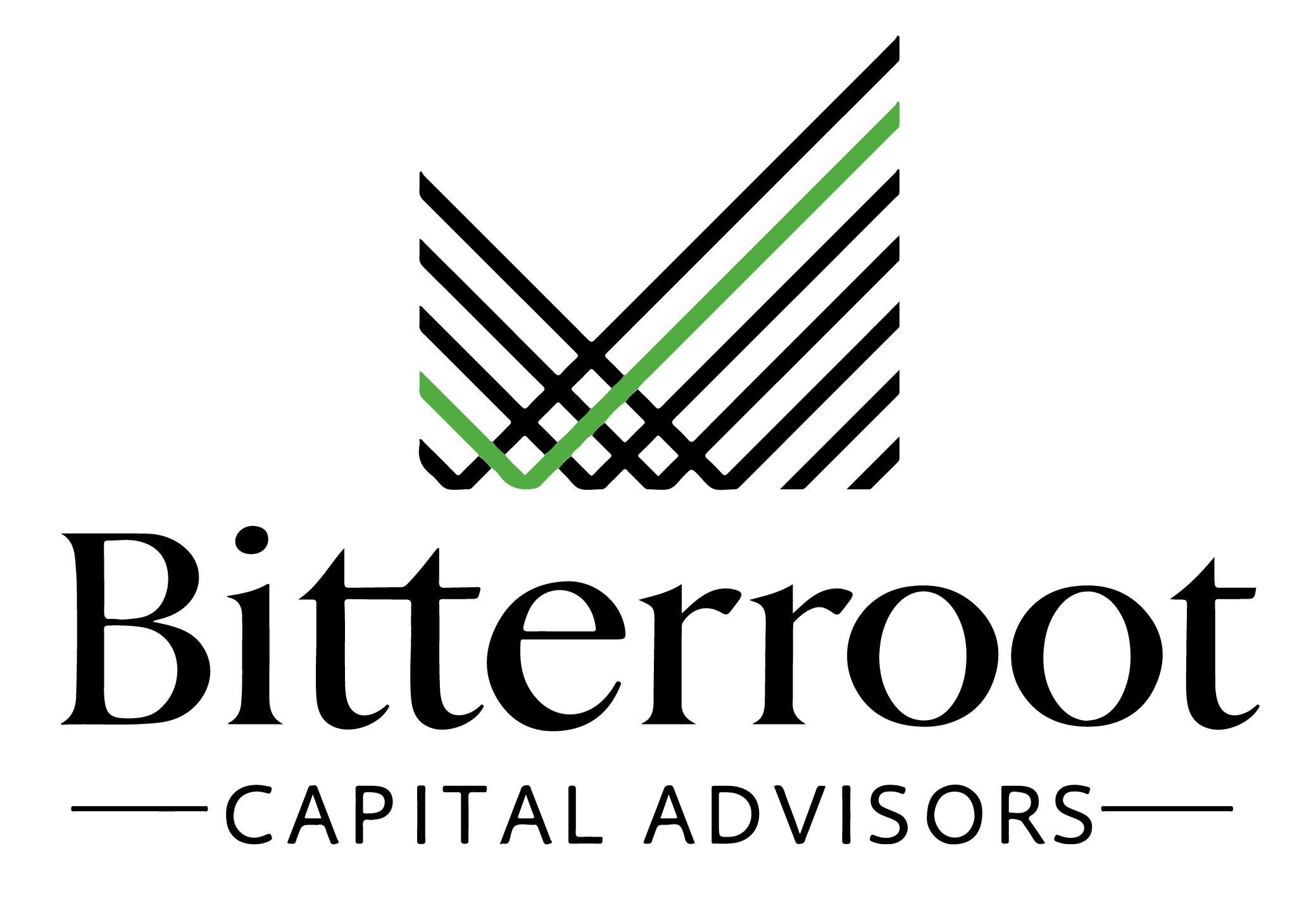The HFRX Hedge Fund Index was up 1.8% in Q4 and 3.1% for full-year 2023.
In 2023, convertible arbitrage strategies performed best (+10.1%) while directional strategies such as equity-hedge and credit also performed well (+6.9% and +6.5%). Event-driven and macro / trend-following strategies performed worst at +0.4% and -1.5% respectively.
US Private Real Estate
US private real estate operating fundamentals are mixed in terms of operating fundamentals and transaction prices.
Nationally, US apartment rents grew 0.2% YOY in December in line with several prior months of flattish YOY growth.
Apartment supply jumped to a 36-year high in 2023 with occupancy rates trending downward to 94% (well below 2021-2022 peaks of 97%-98% but inline with historical averages).
2024 is projected as another record supply year which should further constrain rent growth. However, the supply pipeline is expected to drop dramatically in 2025 and 2026 which could lead to a resumption in normal 2%-3% annual rent growth going forward.
Industrial fundamentals remain strong, but market rent growth is decelerating from peak levels.
In-place rent growth increased by 6.3% in 2023, but much of those gains were achieved earlier in the year. With significant supply entering the market in 2023, vacancy rates increased to 5.8% from 3.7% lows achieved in mid-2022 (but still below the 7.3% 20-year average).
Demand for small-bay industrial properties remains high with supply constrained. As such, the opportunity to drive rent growth within the small-bay segment is better than within the more prevalent large-bay segment.
Office fundamentals are clearly under pressure with increasing frequency of defaults on debt.
Cap-rates have risen, given rising interest rates and the sharp increase in debt funding costs.
However, cap-rates appear to be stabilizing with interest rates peaking. This stabilization may lead to increased transaction volume.
Pricing has continued to decline with the NCREIF index down 1.4% in Q3 2023 (latest data available) and 5.1% YTD.
The September quarterly decline represents the fourth straight quarter of declines beginning in Q4 2022.
Sales volumes remain depressed as cap rates have risen and property valuations have declined. The bid / ask spread remains high.
Refinancing risk is an area to closely monitor as substantial commercial real estate debt matures over the next few years.
The office sector and some pockets of retail are clearly under pressure and may see defaults pick up considerably over the next 18 months.
Private Equity (PE)
Private equity has performed well thus far in 2023 with buyout funds experiencing solidly positive performance despite the large rise in interest rates.
According to Cambridge Associates, US PE returned 2.8% in Q2 2023 (latest data available) and +5.6% YTD through H1. Anecdotally, PE returns likely improved by several hundred basis points in H2 2024.
PE buyout returns in 2023 are unlikely to match the broader public equity markets as PE held up much better in 2022 and given that most PE buyout exposure is not within the mega-cap technology space (other sectors in the public markets have rallied far less YTD).
US PE buyout deal activity continued to decline in Q4 in $ value terms although deal count is stabilizing. At roughly $140bln, deal value was down 23% YOY. For the full year, deal value was down to $645bln versus 2021 peaks of $1.2 trillion.
Platform LBO deals experienced the sharpest contraction in terms of $ value while add-on-deal value remained relatively stable.
Valuations for new deals have contracted and were at 12.3x trailing EBITDA versus 13.8x in 2021. However, valuations for the highest-quality businesses remain robust and have not experienced material declines.
Debt / EBITDA levels of new deals contracted to 5.0x from 5.9x in 2023 with debt / total capital declining to 46% in 2023 versus 51% in 2022 and versus the 10-year average of 55%.
Exit activity remains highly depressed but seems to have stabilized at low levels.
Q4 and full year 2023 exit activity ($45bln and $234bln respectively) remained well below pre-pandemic levels.
However, improved valuations and likely declines in interest rates should lead to improved exit activity in 2024.
If exit activity remains depressed, this could lead to a maturity wall for funds raised 10-12 years ago and drive increased levels of secondary activity.
Venture Capital (VC)
Venture capital funds (pooled returns) performance seem to have stabilized in 2023.
According to Cambridge Associates, US VC returned -0.5% in Q2 2023 (latest data available) and -1.4% YTD. Anecdotally, VC returns suggest flat to modestly higher returns in H2 2023.
The unknown at this point is what valuations may be for companies requiring new funding rounds. Most VC portfolio companies took advantage of frothy conditions in 2021 to raise substantial amounts of cash. This cash hoard has provided cash runway through 2024 and maybe into H1 2025.
Deal count has stabilized over the past few quarters, but Q4 deal value fell to the lowest levels since Q4 2019.
Public market valuations for VC-backed companies have modestly improved since trough levels seen in mid-2022 but remain well lower than peak levels.
As such, VC firms are likely to continue holding better performing companies for longer and waiting until public market valuations for fast-growth companies improves further.

